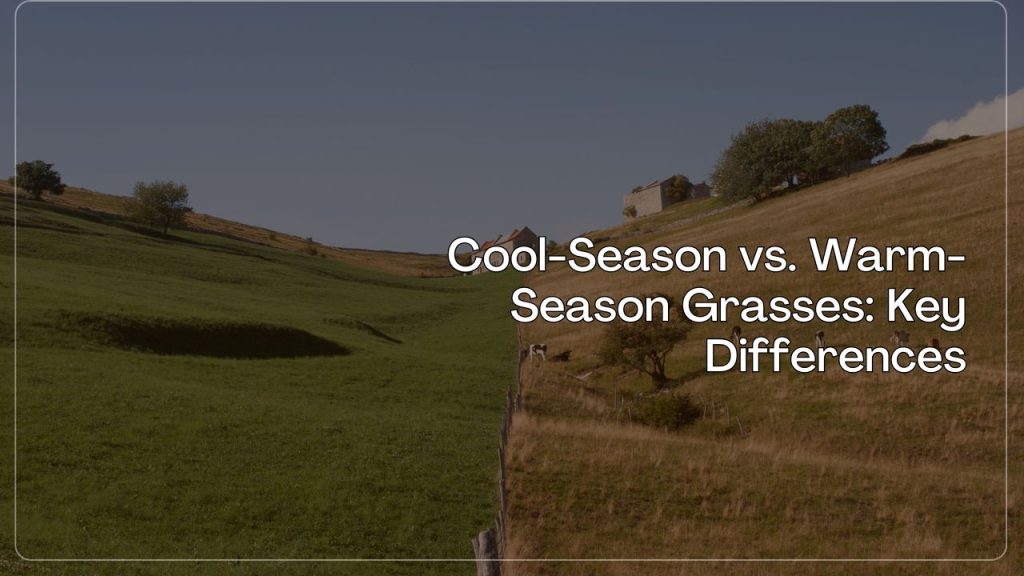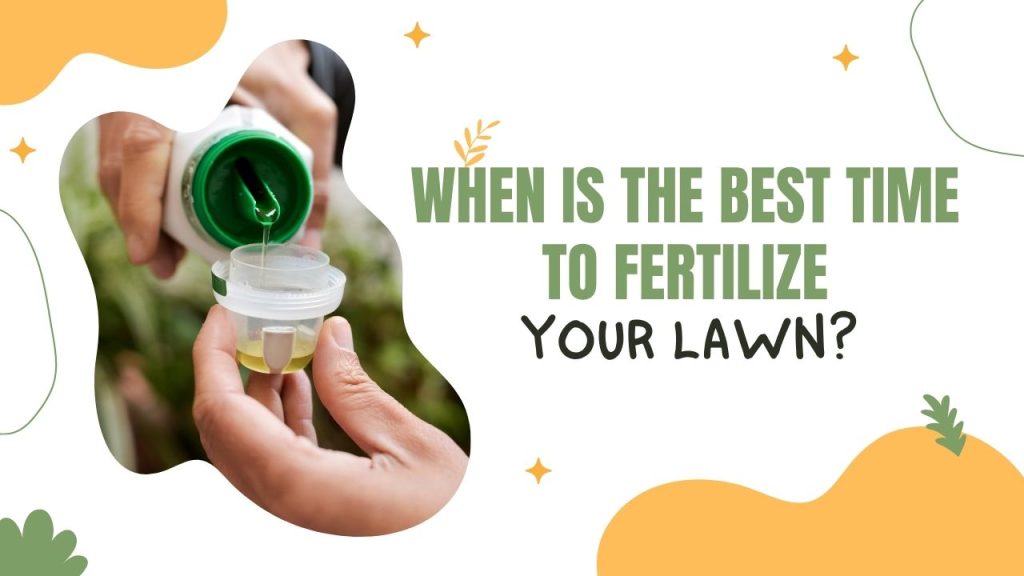A healthy lawn doesn’t just happen. It takes attention, timing, and yes—a little science. One key piece of the puzzle? Knowing the right time to fertilize. Do it too early or too late, and you could waste time, money, and effort. Worse, you might harm your grass more than help it.
But get the timing right? You set your lawn up for lush, green success. So when’s the magic window? That depends on a few things, like your grass type, climate, and even your soil temperature. Don’t worry—we’ll break it all down.
Discover More : When to Fertilize Lawn: A Simple Guide for Healthy Grass
Understanding Your Lawn’s Growing Season
Before you reach for that bag of fertilizer, take a step back. Ask yourself: when does my lawn actually grow?
Grass, like people, has peak seasons. Some grow best when it’s cool. Others love the heat. That growing window tells you when your lawn needs food the most. Fertilizer is like a big meal. The goal is to serve it when your lawn is hungry, not when it’s trying to sleep.
If you feed your lawn when it’s dormant, the nutrients won’t help much. In some cases, it can even lead to runoff—where excess fertilizer washes away and pollutes nearby water. So, the first step? Understand your lawn’s natural rhythm.

Cool-Season vs. Warm-Season Grasses: Key Differences
Cool-season grasses like Kentucky bluegrass, fescues, and ryegrass grow most actively in spring and fall. They thrive in temperatures between 60 and 75°F. If you live in the northern U.S., chances are you have cool-season turf.
For these grasses, early fall is prime time for fertilizing. Why? Because the roots are still growing strong, and the cooler temps reduce stress. A second feeding in spring, once the grass starts greening up, can help it bounce back from winter.
Warm-season grasses—think Bermuda, St. Augustine, zoysia—do best in the heat. They grow like crazy in summer when soil temps are around 70 to 90°F. These grasses dominate in southern regions. For warm-season lawns, late spring to early summer is your sweet spot. That’s when the grass is awake and actively growing. Fertilizing in early spring can be a mistake—the grass might still be dormant, even if the air feels warm.

How Soil Temperature Affects Fertilizer Timing
Air temps can fool you. One warm weekend doesn’t mean your soil is ready.
Grass responds to soil temperature more than anything else. That’s where growth starts. For cool-season grasses, soil should be at least 55°F before you fertilize in spring. For warm-season grasses, aim for soil around 65°F or higher.
You can pick up a soil thermometer at most garden centers. Stick it in the top two inches of soil in the morning for a good read. Or use online tools from your local ag extension. Fertilizing too early—when soil is still cold—means roots can’t absorb nutrients well. That’s wasted fertilizer. And nobody wants to waste money or pollute storm drains.
Signs Your Lawn Is Ready for Fertilizer
Still unsure? Let your grass tell you.
Here are a few clues:
- It’s actively growing: You’ve mowed at least once.
- It’s greened up: Not just patches, but a full, even color.
- Soil isn’t soggy or frozen: Too wet or frozen soil can block absorption.
- No signs of stress: If your lawn looks brittle or pale, hold off. Address watering or soil issues first.
Trust your senses. If it feels like spring under your feet and your lawn is showing life, it’s probably time. If it looks tired or is still brown, wait a bit longer. Also, consider recent weather. Heavy rain can wash fertilizer away. Plan for a stretch of dry days after feeding to let nutrients settle in.
Discover More : Mushrooms In Lawn: Causes, Risks, and How to Manage Them
Conclusion
Timing matters. Feeding your lawn at the right time gives it strength, color, and resilience. Feeding at the wrong time? That leads to waste, pollution, or worse—a weak, patchy lawn. Know your grass type. Pay attention to your soil. And watch for signs your lawn is ready. Lawn care isn’t about guesswork. It’s about timing and observation. A little planning now means fewer problems later—and more barefoot walks on soft, green grass.

